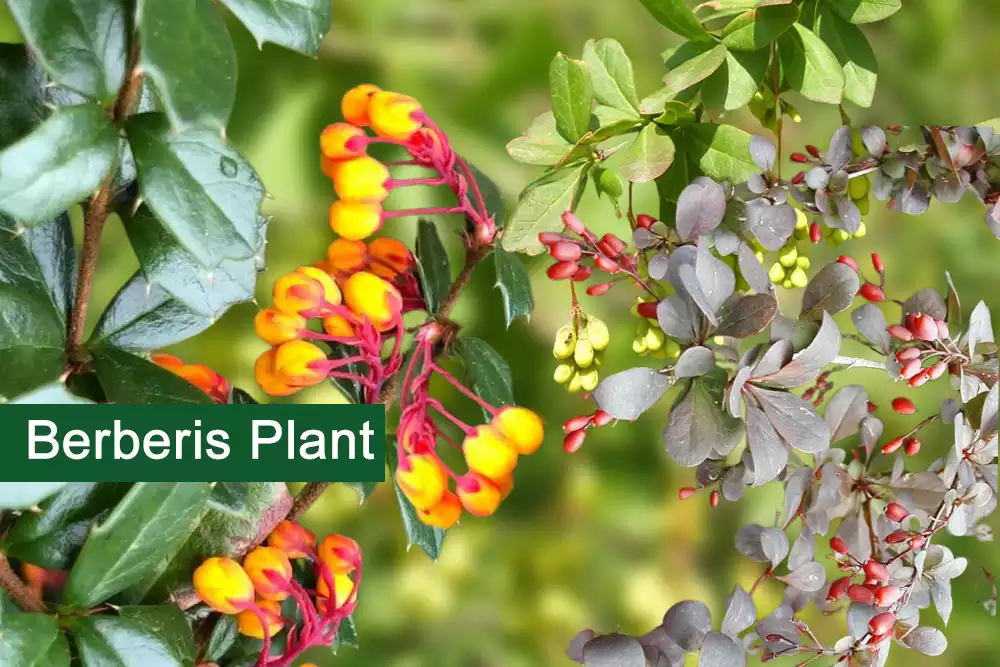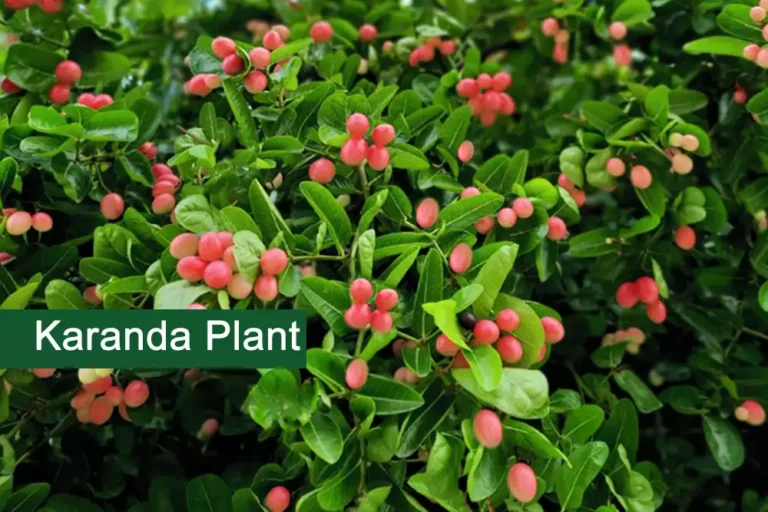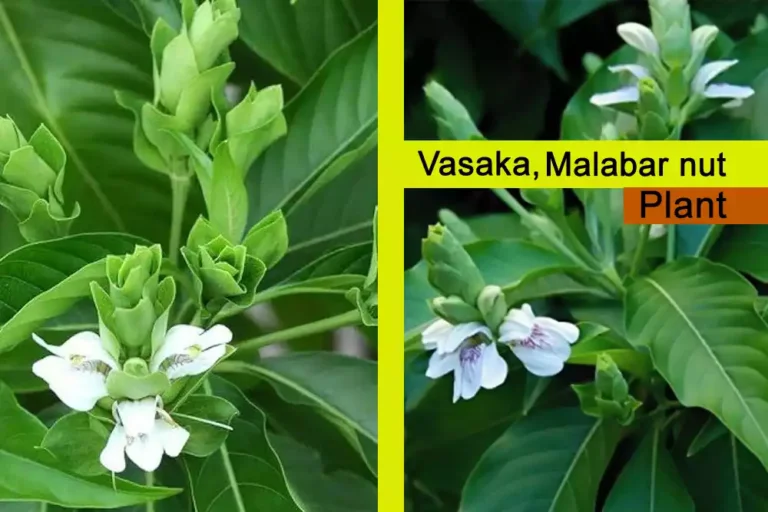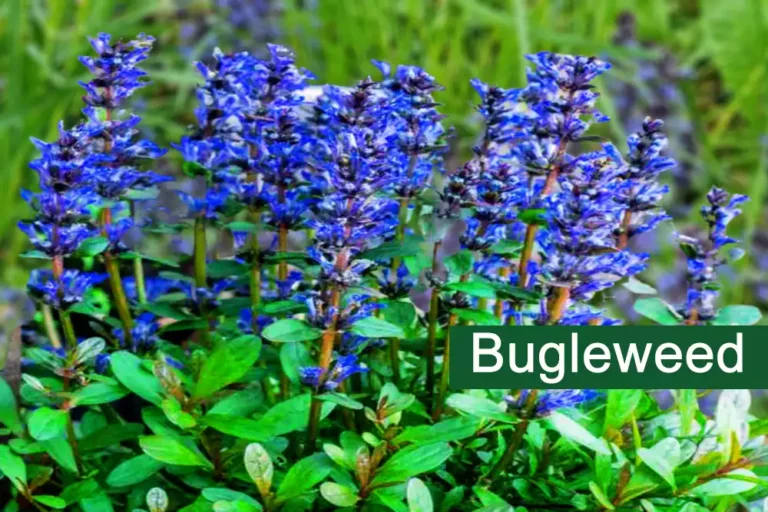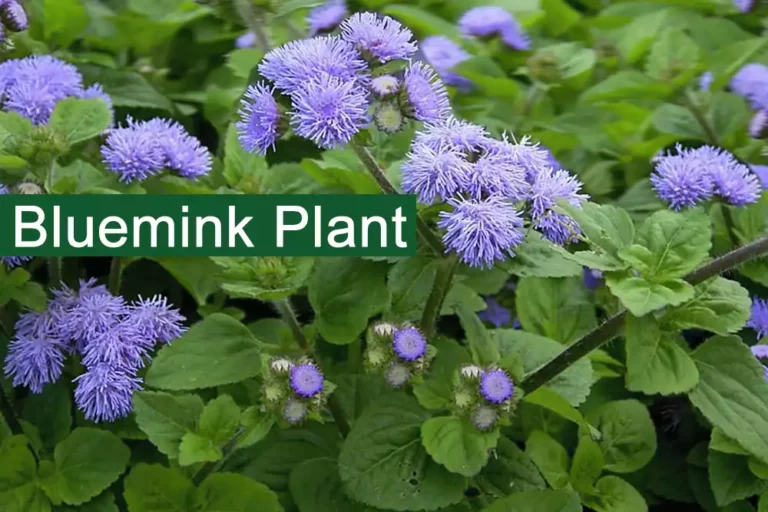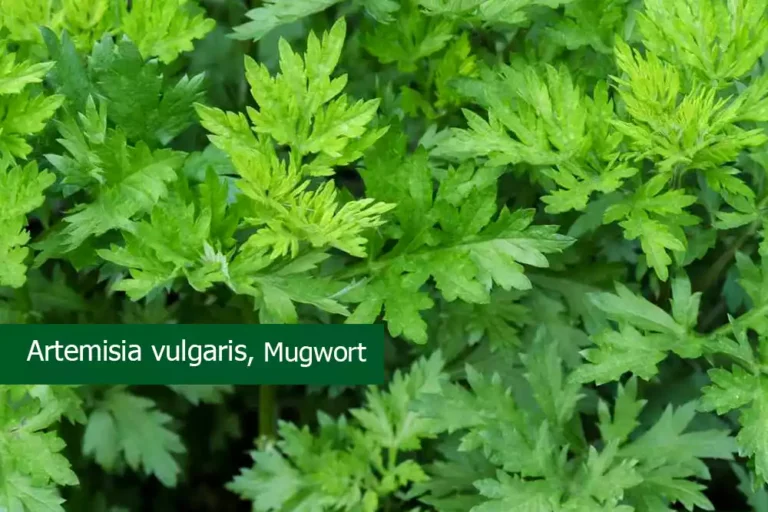Barberry Plant (Berberis) Medicinal Uses, And Benefits
The Barberry Plant is also known as the Berberis, Barberries, and in Urdu Sumblo. Find out its medicinal uses, benefits, how to identify and grow it, and its traditional and international uses.
Table of Contents
Barberry Plant Overview
| Botanical Name | Berberis lycium |
| English Name | Barberry, Berberis Plant |
| Urdu Name | Sumblo |
| Common Name | Barberry Plant |
| Family | Berberidaceae |
| Habit | Deciduous Shrub |
| Part Used | Fruit, Root, Bark |
| Medicinal Plants | Explore |
Barberry Plant (Berberis)
It is semi deciduous shrub, 2 to 4 meters high, leaves lanceolate or narrowly obovate-oblong, entire or with a few large spinous teeth, arranged alternately on the stem. The inflorescence is racemes, and yellow flowers of Barberry are born in axillary clusters longer than the leaves. Fruit, berries black. The fruits are about 8mm long.
Distribution of Barberry Plant
Barberry plant (Berberis lycium) Native to India, Jammu and Kashmir, Nepal; and Pakistan. In Northern Areas found in Gilgit, Nomal, Nalter, Hunza, Nagar, Chilas, Puniyal and Ghupis.
Medicinal Uses of Barberry Plant
Folk use
Locally, the plant is used for the treatment of internal injuries. An ointment made from Barberries root powder is mixed with oil and applied on broken bones. The leaves have been used in the treatment of jaundice.
Tib (Traditional Islamic Medicine) Uses
In effect, they are refrigerant, astringent, and antiscorbutic, and can be used in the form of a drink. In febrile diseases and diarrheas, a syrup or cordial from the juice is used. Barberry is used in small doses as a tonic, in larger as a cathartic, and may be helpful for illnesses of digestive origin. It may be safely used in the form of decoction.
International Use
The Barberries roots are aperient, carminative, ophthalmic, and febrifuge. It is used in the treatment of eye complaints, menorrhagia, chronic and piles. The leaves have been used in the treatment of jaundice.
Barberry roots are used as a remedy for swollen and sore eyes, broken bones, wounds, gonorrhea, curative piles, unhealthy ulcers, acute conjunctive and chronic opthalmia, and also used as a bitter tonic astringent, diaphoretic and febrifuge. Leaves of Barberry are given in jaundice. Barberry plant (Berberis lycium) Roots are aperient, carminative, febrifuge, and ophthalmic.
The Berberine, universally present in rhizomes of Berberis species, has marked antibacterial effects. Barberry are used orally in the treatment of various enteric infections, especially bacterial dysentery. Berberine has also shown antitumor activity.
Culinary Use
Fruit raw or cooked are edible and made into preserves. It is fairly juicy with a nice slightly acid flavor. Leaves and young shoots when cooked are edible. Leaves are a substitute for tea. Berries are used as food, and the juice, when fermented, makes, with the addition of sugar, a palatable and wholesome wine. It is said not to have much value as a fruit.
It is common in Utah, USA and its fruit is eaten, being highly prized for its medicinal properties. The acid berry is made into confections and eaten as an antiscorbutic, under the name “Mountain Grape”.
Constituents of The Barberry Plant
It contains berberine, umbellatine, berbamine, palmatine, starch grain, and tannin.
Climate and Growth Conditions
- Climate: Tropical and Temperate regions
- Temperature: Max: 34°C, Min:-5°C
- Rainfall: 1600-200 mm/year
- Soil: The plant prefers light sandy, medium loamy, and heavy clay soils and It grows well in heavy clay and nutritionally poor soils.
- pH Range: 5.6-6.8
- Reproduction: By Seed
FAQs
What is Berberis used for?
Berberis, or Barberry, is used for making medicine, food, and drinks. It’s also used as a hedge or border plant in gardens.
Where is the best place to plant Berberis?
Plant Berberis in well-drained soil and full sun to partial shade. It grows well in USDA zones 3-8, meaning it can tolerate cold winters and hot summers.
What is the common name of Berberis plant?
The common name is Barberry.
What is the Indian name for Berberis?
In India, Berberis is known as “Daruharidra” or “Daruhaldi”.
What is Barberry good for?
Barberry is good for making jams, jellies, and wine. It’s also used in traditional medicine to treat digestive issues, reduce fever, and boost the immune system.
Can humans eat Barberry?
Yes, humans can eat barberries, but they’re quite sour and bitter. They’re often used in small amounts to add flavor to dishes.
What do Barberries taste like?
Barberries taste sour, bitter, and slightly sweet, similar to a combination of lemons and cranberries.
What is another name for Barberries?
Other names for barberries are Berberis, Barberries, Berberis, Berberis lyceum, Barberry, and Mountain Grape.

